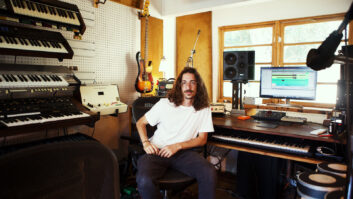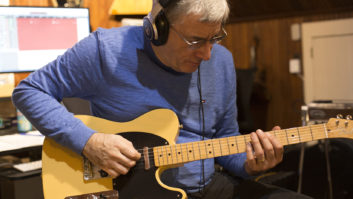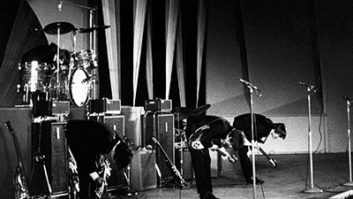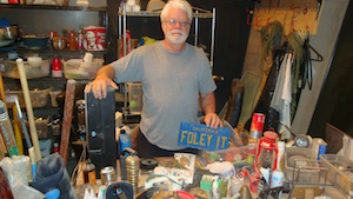History is filled with cases of inventions that either happened by accident or yielded results that were far from the original intent. In 1928, researcher Alexander Fleming noticed that mold spores from an open window were killing the bacteria cultures he was raising, leading to the discovery of penicillin. 3M’s Post-it® notes were borne from a decades-old adhesive formula — originally thought to be a failure because it was not permanent. Closer to home and a bit more recently, Yamaha’s SubKick bass drum transducer came from studio engineers who found that certain woofers would function as usable microphones with ultralow-frequency response.
Historically, the recording studio has been a ripe environment for experimentation. Les Paul’s early experiments with sound-on-sound recording and multitracking took years to become mainstream techniques. Ross Bagdasarian Sr. won a Grammy Award for combining normal-speed music tracks with double-speed voices for The Chipmunks.
By the 1960s, producers, artists and engineers were more than anxious to stretch the boundaries of traditional studio operations to discover and develop new sounds. Can anyone really forget that cash-register-used-as-percussion-device in Pink Floyd’s “Money”? Sure, sound effects can provide a cool musical motif, but we all have limits. How many time does anyone really want to listen to samples of barking dogs performing “Jingle Bells,” anyway?
That said, a bit of creativity (whether planned or accidental) can occasionally get you out of a rut. Are you so set in your ways that you always mike a drum kit, Leslie or guitar amp the same way? Sometimes, something as simple as switching a mic out of that cardioid setting can really open up a track. Some months ago, I recorded an acoustic bass using a figure-8 pattern, which provided the right blend of articulation with the space of the room. Hardly earth-shattering, but a nice twist nonetheless.
These days, re-amping a recorded guitar track and routing it back through a miked amp is almost standard studio practice. One odd, but useful variant on this technique involves feeding a send of a recorded snare track to a speaker taped on the top head of a snare in the studio, miking the underside and layering that signal onto the original snare track for a thicker sound. It’s not as simple as triggering a sampled snare for doubling/track replacement, but if it works…
In the studio, a little experimentation and breaking a few rules can add to the creativity, but it’s best to understand the rules before thrashing them. You might think recording high-level, low-frequency square waves could be fun. But when your mix starts blowing out your listeners’ speakers, somebody’s gonna be unhappy!
In search of truly nontraditional studio techniques, we present our annual look at “Radical Recording.” Our features editor, Sarah Jones, surveyed a sampling of Mix readers and assembled a collection of entertaining insights into outré recording. You might try a few of these on your next project, but if you do, please use caution (particularly around electricity and water), and remember that not every song is begging for an unusual effect. You’ll know the ones that do.







